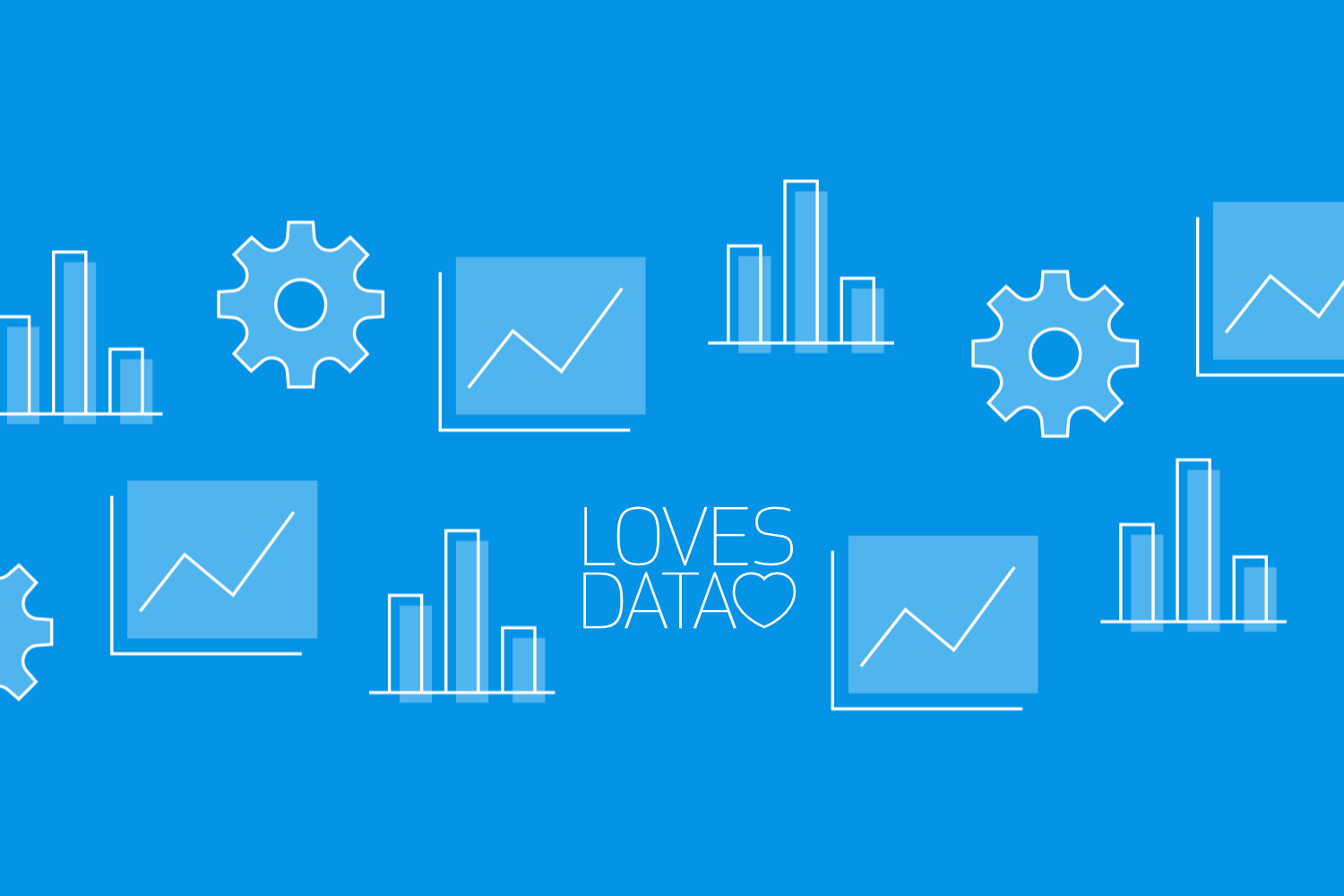Comprehensive Guide to Attribution Models in Google Analytics 4
Loves Data
Attribution modeling plays a critical role in the online marketing world by assigning credit to different marketing channels for driving conversions. As a marketer, having a clear understanding of attribution models is crucial for making informed decisions and optimizing your marketing strategies.
In this comprehensive guide, we aim to demystify attribution models in Google Analytics 4, allowing you to make better data-driven marketing decisions that improve your ROI.
We'll explore the various attribution models available in Google Analytics 4, their key differences, and how they can impact your decision-making process. Additionally, we'll discuss the advantages of using data-driven attribution models and provide best practices for getting the most out of your measurement efforts.
Equip yourself with the knowledge and tools to navigate the complex world of attribution modeling and unlock the full potential of your marketing initiatives.

1. Exploring the Various Attribution Models in Google Analytics 4
Attribution models in Google Analytics 4 allow you to distribute credit for conversions across different marketing touchpoints. Each model has a unique approach to assigning value to these touchpoints, impacting the way you interpret your marketing data. Let's delve into the available models:
Data-Driven Attribution Model
The Data-Driven Attribution (DDA) model uses machine learning to evaluate all the touchpoints in a conversion path. It assigns credit based on the actual impact of each interaction, providing a more nuanced and accurate representation of your marketing channels' effectiveness. DDA continuously learns and adapts based on new data, ensuring your insights remain relevant over time.
Last Click Attribution Model
The Last Click model attributes 100% of the conversion credit to the final touchpoint before conversion. This model is straightforward and easy to understand, but it neglects the contribution of earlier touchpoints, which can lead to underinvestment in channels that drive awareness and engagement.
Google Paid Channels Last Click Attribution Model
The Google Paid Channels Last Click model is similar to the Last Click model but focuses specifically on paid Google channels, such as Google Ads. It attributes all the credit for the conversion to the last paid interaction within Google’s ecosystem, providing insights into the effectiveness of your Google ad spend.
Understanding the nuances of each attribution model is key to selecting the right one for your business and deriving actionable insights from your marketing data.
2. Comparing Attribution Models for Informed Decision-Making
Google Analytics 4's Attribution Models comparison tool enables you to compare different attribution models and assess their impact on your marketing performance. By analyzing the differences in conversion data and ROI across these models, you can make data-driven decisions for budget allocation and campaign optimization. Here's how to use the Attribution Models comparison tool:
1. In Google Analytics, navigate to ‘Advertising’, and select ‘Attribution Models’ (under ‘Attribution’).
2. Select the desired ‘Key Events’ for the conversion actions you want to compare.
3. Choose the two attribution models you want to compare.
4. Examine your data and identify channels that gain or lose credit depending on the attribution model.
The Attribution Models comparison tool helps you recognize channels that may be over or undervalued in your current attribution setup, allowing you to optimize your marketing strategy and allocate the budget more effectively.
3. Embracing Data-Driven Attribution for Enhanced Insights
Data-Driven Attribution (DDA) is an advanced, machine learning-powered model that assigns credit to touchpoints based on their actual impact on conversion rates, providing a more accurate representation of your marketing channels' effectiveness. DDA's benefits include:
Granular Conversion Credit Distribution
DDA calculates individual credit for each touchpoint, taking into account the historical path data and user behavior. This approach enables more informed decision-making and better campaign performance.
Dynamic and Continuous Learning
As your marketing efforts evolve, DDA constantly updates and refines its attribution model, ensuring accurate measurement and alignment with your business objectives.
Customized Channel Impact
DDA tailors its analysis to your unique marketing landscape and customer behavior, providing insights relevant to your specific business goals, industry, and target audience.
Consider adopting DDA to harness its advanced analysis and optimize your marketing strategies based on accurate conversion data.
4. Best Practices for Implementing Attribution Models
To make the most out of attribution models and drive informed decision-making, consider implementing these best practices:
Know Your Business Goals
Understanding your marketing objectives and conversion funnel dynamics is critical when selecting an appropriate attribution model. For example, if brand awareness is a priority, a model that considers early touchpoints might be more suitable than a last interaction model.
Analyze Data Regularly
Monitor your marketing data consistently and adjust your attribution model as needed. Regular analysis helps you spot trends and changes in user behavior, enabling you to refine your approach and strategy.
Keep Testing and Learning
If you're unsure which attribution model best suits your needs, experiment with different options and compare their results using the Model Comparison Tool. Continuously learn from differences in performance and adjust your model choice accordingly.
Align Your Marketing Team
Ensure that your marketing team understands the selected attribution model and its implications for measuring results. Clear alignment on measurement practices promotes consistency, efficiency, and accurate performance evaluation.
Implementing a strategic approach to attribution modeling allows you to harness the power of Google Analytics 4 in driving data-driven marketing decisions and optimizing your efforts for maximum impact.
5. Integrating Attribution Models Cross-Platform
Beyond Google Analytics, consider adopting a multi-platform attribution strategy that combines data from other sources, such as CRM systems or Facebook Ads data. Integrating cross-platform data enables you to paint a more comprehensive picture of your customer journey, leading to better targeting and optimization decisions. Leverage tools and techniques, such as Google's Campaign Manager or the BigQuery data warehouse, to aggregate data and align your measurement efforts across platforms for full-funnel analysis.
Unlock the Power of Attribution Models for Marketing Success
Understanding and leveraging attribution models in Google Analytics 4 is crucial for harnessing the full potential of your marketing efforts. By grasping the different models and implementing data-driven insights, you can optimize your campaigns, invest in high-impact channels, and ultimately maximize your ROI.
Loves Data provides in-depth resou rces, expert support, and hands-on training to help you master attribution modeling and take your marketing decision-making to the next level.
Are you ready to unlock the power of attribution models and drive your marketing success? Check out our Google Analytics course and discover a treasure trove of knowledge, tools, and strategies for navigating the world of digital analytics. Start your journey towards data-driven marketing excellence today and propel your business forward!



Comments